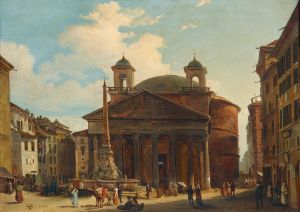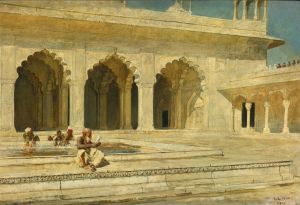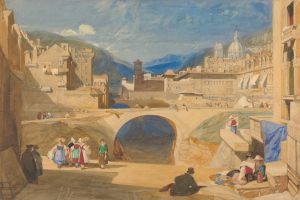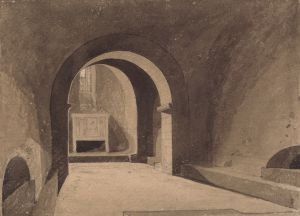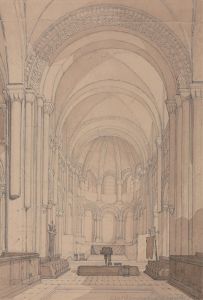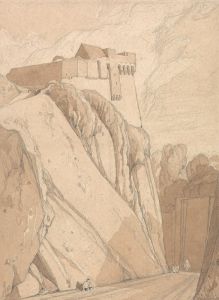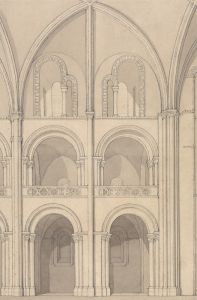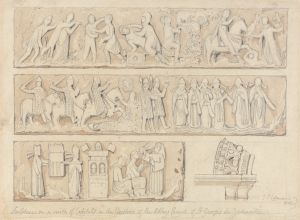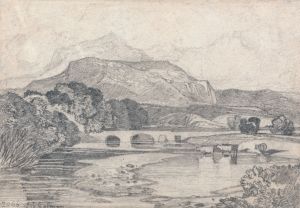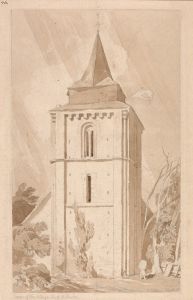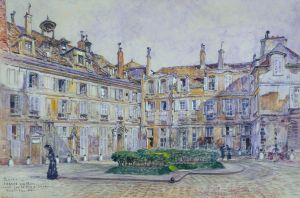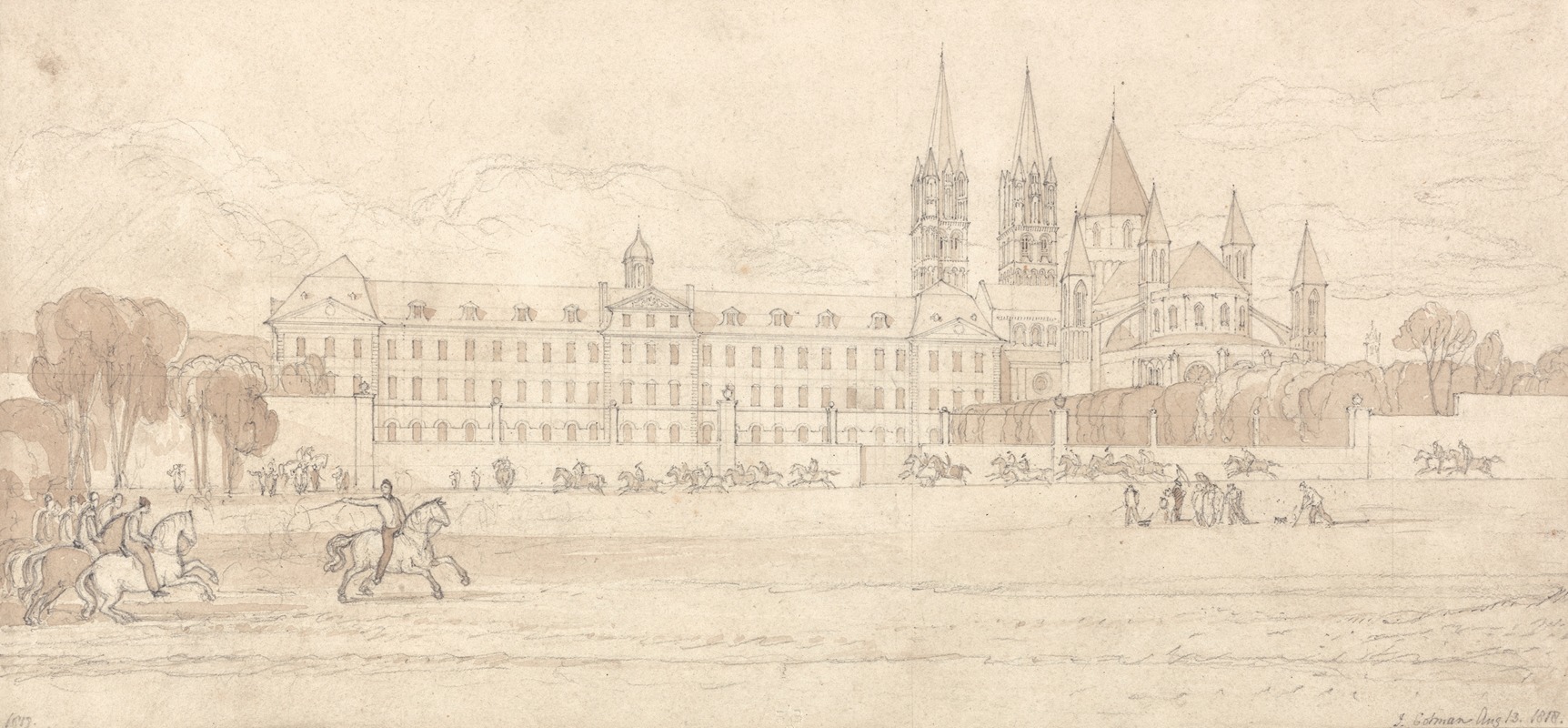
Military School and Abbey Church of St Stephen at Caen
A hand-painted replica of John Sell Cotman’s masterpiece Military School and Abbey Church of St Stephen at Caen, meticulously crafted by professional artists to capture the true essence of the original. Each piece is created with museum-quality canvas and rare mineral pigments, carefully painted by experienced artists with delicate brushstrokes and rich, layered colors to perfectly recreate the texture of the original artwork. Unlike machine-printed reproductions, this hand-painted version brings the painting to life, infused with the artist’s emotions and skill in every stroke. Whether for personal collection or home decoration, it instantly elevates the artistic atmosphere of any space.
The painting Military School and Abbey Church of St Stephen at Caen was created by John Sell Cotman, a prominent English artist and leading figure of the Norwich School of painters. Cotman, known for his mastery of watercolors and architectural subjects, painted this work during his travels in France in the early 19th century. The painting depicts the École Militaire (Military School) and the Abbey Church of St. Stephen (Abbaye-aux-Hommes) in Caen, a city in the Normandy region of France.
The Abbey Church of St. Stephen is a significant historical and architectural landmark. It was founded in 1063 by William the Conqueror, Duke of Normandy and later King of England, as part of a Benedictine abbey. The church is an excellent example of Romanesque architecture, with its imposing twin towers and harmonious proportions. It also holds historical importance as the burial site of William the Conqueror. By the time Cotman visited Caen, the abbey had undergone various changes, including its use as a military barracks during the French Revolution, which likely influenced Cotman's choice of subject.
Cotman's depiction of the scene reflects his interest in architectural forms and his skill in capturing the interplay of light and shadow. His precise yet expressive style emphasizes the grandeur and solidity of the structures while also conveying a sense of tranquility. The painting is executed in watercolor, a medium in which Cotman excelled, allowing him to achieve subtle tonal variations and a luminous quality.
This work is part of a broader series of architectural studies that Cotman produced during his travels in Normandy between 1817 and 1820. These studies were later published as part of his Architectural Antiquities of Normandy (1822), a collection of engravings that showcased the region's medieval architecture. Cotman's Normandy series is considered a significant contribution to the documentation of historical architecture and reflects the growing interest in medieval heritage during the 19th century.
The painting is valued not only for its artistic merit but also for its historical documentation of the Abbey Church and its surroundings during Cotman's time. Today, it is recognized as an important example of Cotman's work and his ability to combine artistic sensitivity with architectural precision.





![Karnac [Karnak]. Nov. 27, 1838.](/imgs/217501/s/david-roberts-karnac-karnak-nov-27-1838-2ea4b2c4.jpg)
